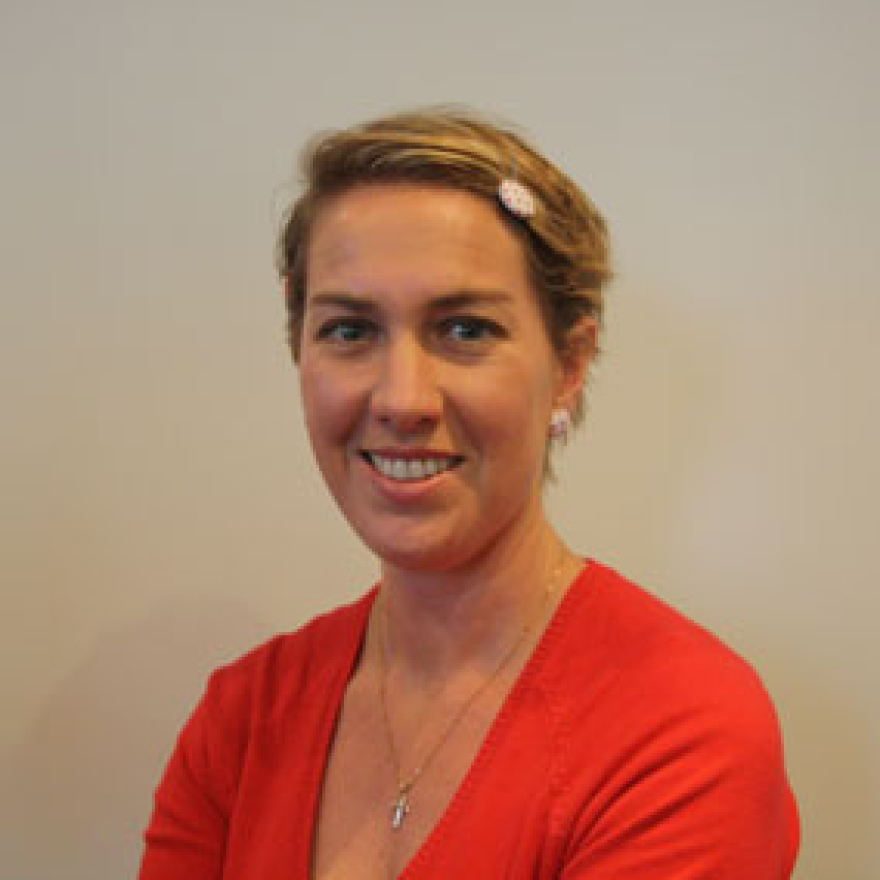- Jurisdictions identified 120 remote communities as being at risk of trachoma. Of at risk communities, 96% (115/120) required screening and/or treatment for trachoma according to current guidelines.
- Of the communities that required screening and/or treatment, 91% (105/115) received the required service.
- A total of 2,045 children aged 5–9 years in at risk communities were examined for trachoma with a screening coverage of 88%.
- The overall prevalence of trachoma in children aged 5–9 years was 3.9%, with 0.5% in SA, 2.8%in QLD, 4.6% in WA and 5.1% in the NT.
- Trachoma treatment strategies were applied in 71 communities, 97% of those requiring treatment.
- Overall, 16,006 adults aged 15 years and over were screened for trichiasis with a prevalence of 0.3%
Trachoma, an eye infection caused by the bacteria Chlamydia trachomatis serotypes A, B, Ba and C, continues to be the world’s leading cause of infectious, preventable blindness and the fifth leading cause of blindness. Australia is the only high‑income country where trachoma is still endemic. It occurs primarily in remote and very remote Aboriginal communities in the Northern Territory (NT), South Australia (SA) and Western Australia (WA). In 2008, cases were also found in New South Wales (NSW) and Queensland (QLD), states where trachoma was believed to have been eliminated.
In 2009, the Australian Government invested in the Closing the Gap – Improving Eye and Ear Health Services for Indigenous Australians measure which included committing $16 million over a four‑year period towards eliminating trachoma in Australia. In 2013, a further $16.5 million and in 2017, a further $20.8 million to continue, improve and expand trachoma control and health promotion initiatives in jurisdictions with endemic trachoma were committed by the Australian Government. Funding was also provided to jurisdictions with a previous history of trachoma to ascertain the need for control programs.
The National Trachoma Surveillance and Reporting Unit (NTSRU) is responsible for data collation, analysis and reporting related to the ongoing evaluation of trachoma control strategies in Australia

